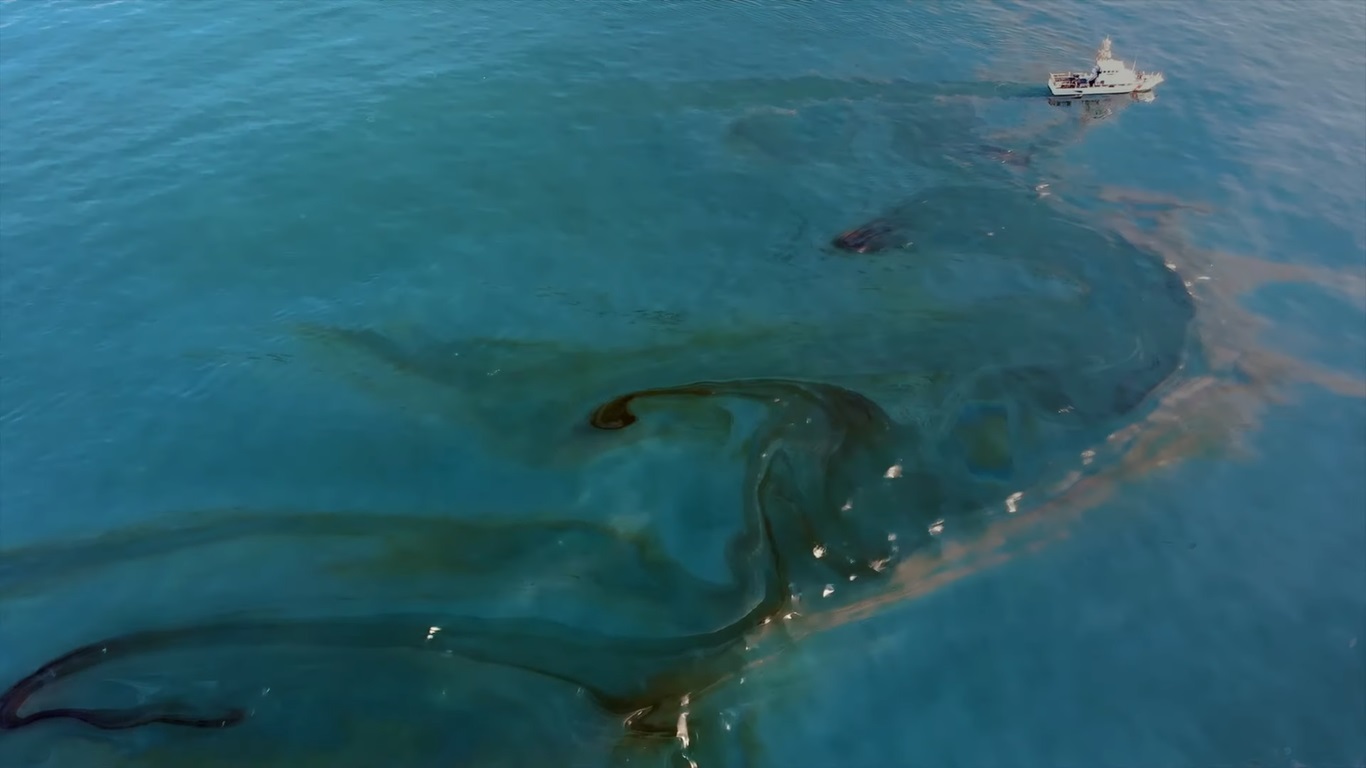FuelEU Maritime, all about the agreement to decarbonise the maritime sector

With the provisional political agreement reached between the Council and the European Parliament, more renewable and low-carbon fuels will reduce the carbon footprint of the EU maritime sector. What is FuelEU Maritime
If after Berlin's outstretched intervention, terrestrial decarbonization could suffer a setback at least as regards the fate of internal combustion engines, another package from the corpus of initiatives " Ready for 55% " or Fit for 55 % presented by the European Commission on 14 July 2021 in order to reduce its net greenhouse gas emissions by at least 55% by 2030 compared to 1990 levels and to achieve climate neutrality by 2050, takes another step forward. Let's talk about FuelEU Maritime.
WHAT IS FUELEU MARITIME
The European institutions intend not only to clean up the air, but also to reduce pollution from marine fuels by 80% in 27 years. The road will be long but in the meantime the European Parliament and the Council of the European Union have found the meeting point on the agreement for a plan to cut emissions from ships in a calendar that goes from 2025 to 2050 and with which a standard is established which has the objective of directing the sector towards the use of renewable fuels with low carbon emissions. In short, the equivalent of what happens on land but in European waters.
CUTS IN EMISSIONS
The measure is intended for ships with a tonnage greater than 5,000 tonnes "in principle, responsible for 90% of CO2 emissions", which will have to gradually reduce greenhouse gas emissions (GHG) by cutting the amount of greenhouse gases in the energy they use. A "soft" start with a 2% reduction in emissions by 2025 but in 2030 the EU expects a 6% cut which will have to reach 14.5% in the next 5 years to exceed sixty percent (62) by 2040 and reach 80 percent by the end of the following decade. Among the objectives is also the reduction of methane and nitrous oxide emissions during the entire life cycle of the fuels.
We welcome the agreement between the @Europarl_EN and @EUCouncil on cutting maritime transport emissions by promoting sustainable fuels for shipping.
The FuelEU Maritime regulation will ensure that greenhouse gases from ship fuels decrease as much as 80% by 2050. #EUGreenDeal
— European Commission (@EU_Commission) March 23, 2023
The new rules also introduce a further requirement of zero emissions at the mooring. Container and passenger ships will have to use shore power for all electricity needs while berthed at the quayside in major EU ports from 2030. There are also some exemptions for staying in port for less than two hours, using your own carbon neutral technology or making a port call due to unforeseen circumstances or emergencies.
THE POOLING MECHANISM
A possible loophole to such a stringent regulation comes from the voluntary pooling mechanism: ships will be able to pool their compliance balance with one or more ships which will mean that the pool as a whole will have to respect the intensity limits on average of greenhouse gases. In short, this means that those who have some old and battered ships will still be able to circulate in compliance with the regulations provided they ally with those who have just restored their fleet.
The provisional political agreement is now subject to formal approval by the two co-legislators. As regards the Council, the Swedish presidency intends to present the text to the representatives of the member states (Coreper) as soon as possible, with a view to formal approval at a forthcoming Council session.
This is a machine translation from Italian language of a post published on Start Magazine at the URL https://www.startmag.it/smartcity/fueleu-maritime-fit-for-55/ on Fri, 24 Mar 2023 10:05:41 +0000.
